MDF is an architectural wood material that is consist of wood fibers like wood shavings and sawdust, as well as wax and resin. The ingredients are blended well to form panels under high temperatures and high pressure and later sanded smooth.
This material has been proven to please many construction projects because of its versatility. It is known for its durability, consistency, and strength. Hence, MDF finishes are excellent options for wood paneling, furniture, cabinetry, and more.
Although MDF is a proven good material, you need to learn the different types of MDF finishes so you would know what type is best for your project.
Types of MDF Finishes
Here are the 7 types of MDF finishes that are commonly used in construction nowadays:
1. Standard MDF
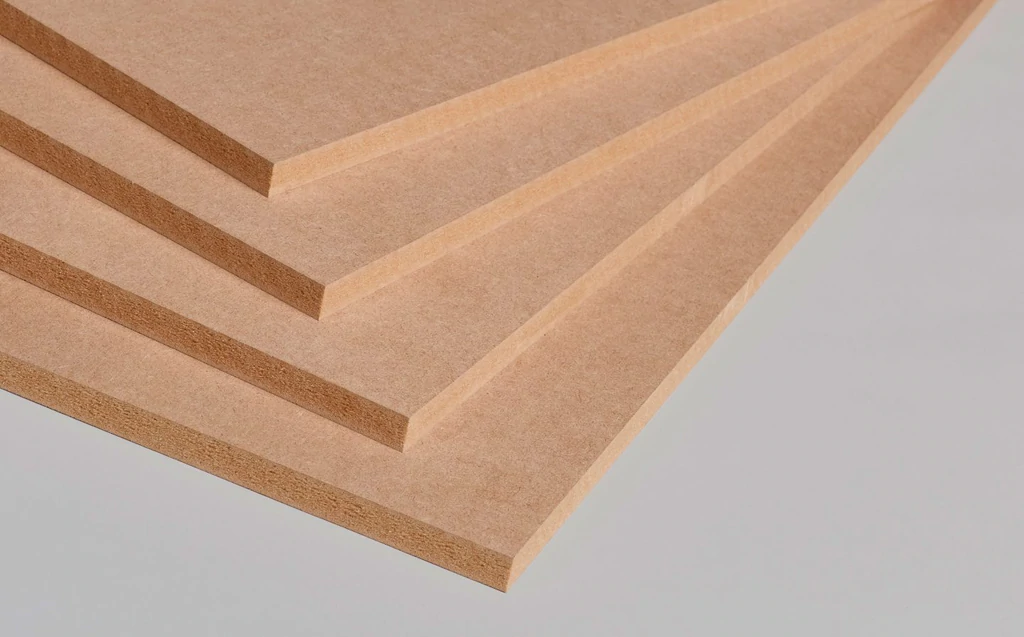
You can only buy the standard MDF in huge sheets, thus, it is quite heavy and thick. In fact, it will normally require more than two people to carry a single standard MDF since it is very heavy and even heavier when compared to plywood. Furthermore, carrying it requires extra care since it is susceptible to scratches and chips.
This type of MDF finish is available in either dark brown or tan. You can choose from the varying thickness which normally ranges from ½ to ¾” thick.
2. Colored MDF
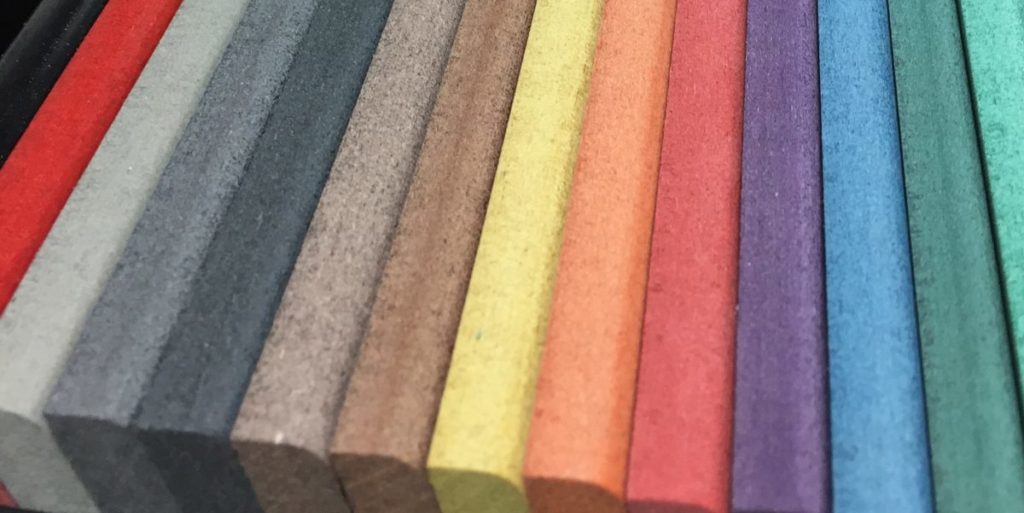
Architects, woodworkers, and designers have a great inclination for colored MDF finishes. This material features a colorful substrate that intensifies particular projects. Although you have the option to color the standard MDF, the colored MDF is treated with further treatment. Colored MDF is surely more than just the color.
The engaging appearance of the colored MDF makes it perfect when constructing kitchen cabinets.
3. Ultra-Light MDF
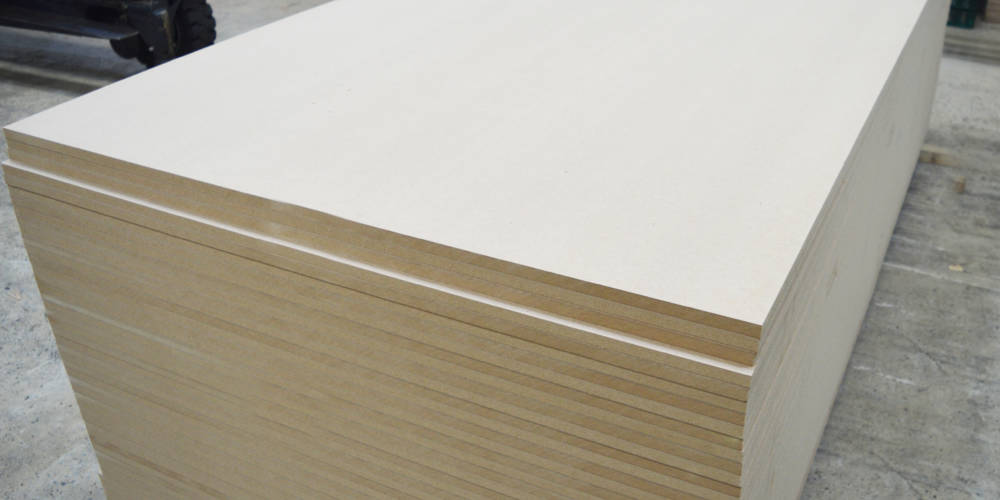
Not all people would choose a heavy material. In fact, some realize that a heavy MDF can also be troublesome. Hence, they use the ultra-light MDF for being a lighter version. Compared to the standard MDF, this MDF finish has less density and has a weight that is 30 percent lesser than the standard MDF.
The ultra-light MDF is commonly seen in non-structural applications where density and weight are given more importance.
The main features of the ultra-light MDF are the excellent finishes and the lightweight. Many will find it practical to use this material since it lowers the chances of wear and tear on tools and can save paint as compared to other board types. This MDF finish is designed of various characteristics, thicknesses, and formats –which are sold on either coated or raw boards.
4. Fire-Retardant MDF
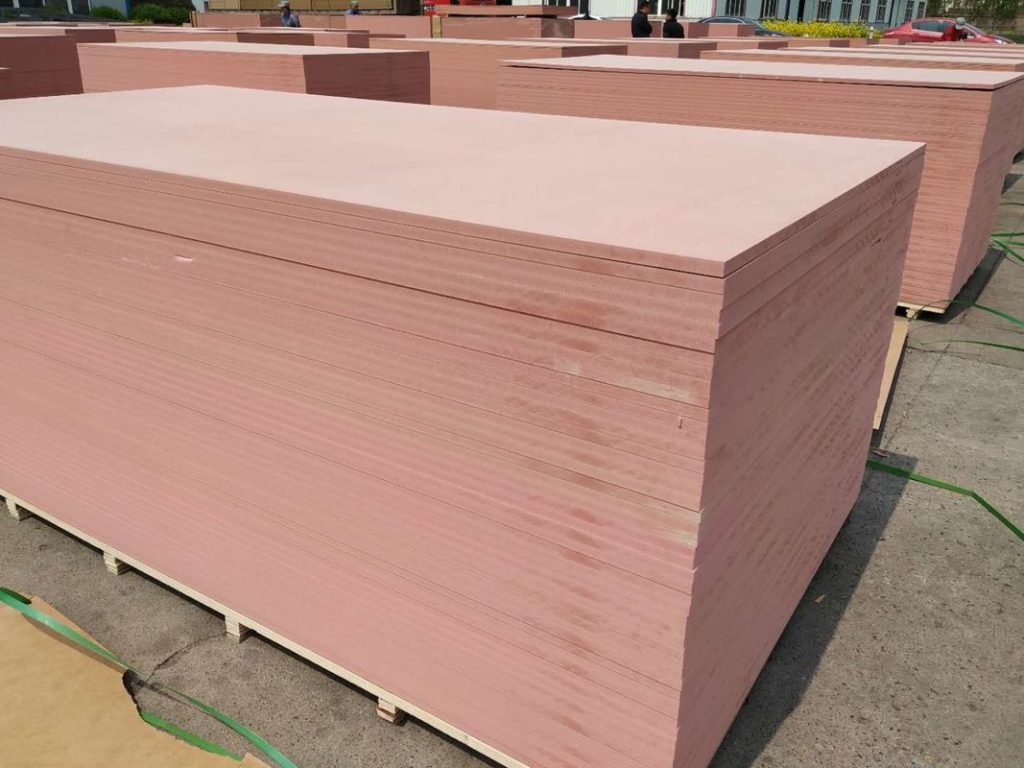
The fire-retardant MDF is also known as the fire-rated MDF. It features markings in blue or red which signifies its unique fire-resistant characteristics. Impressively, this MDF finish bogs down the spread of flame when there is a fire. This is also the common choice in construction to comply with the building codes that inhibit the use of non-class 1 rated materials.
The material is marketed in thicknesses which are either Euroclass B or C fore rating based on the European Standards. Furthermore, the fire-rated MDF has a fire rating of 60 minutes (Euroclass B) and 30 minutes (Euroclass C) under the BS 476: Part 22:1987 for internal wall partition.
Nevertheless, even if there is no code requirement, the fire-retardant MDF is an ideal material for people living in areas that are likely to experience wildfire. It is also an ideal material if used close to the sources of heat. Cabinetry built near ovens or stoves is ideally built with fire-retardant MDF.
5. Moisture-Resistant MDF

You can easily determine a moisture-resistant MDF with its green markings. It implies suitability for high-humidity environments or in areas with constant water spillage like the bathroom and kitchen. However, this type of MDF finish is confined to indoor use only. You should remember that being waterproof is not the same as being water-resistant. It just means that moisture-resistant MDF can still be damaged if exposed to moisture excessively.
The moisture-resistant MDF is a good substitute for hardwoods and softwoods. Also as a panel material, it is ideal for non-stressed uses. It is also ideally used in skirting boards, architectural moldings, window boards, architraves, flooring, and overall interior joinery.
The entire surface of the MDF finish should be primed and painted before installation, particularly if installed closed to damp plaster. Ultimately, this material is not recommended for external uses.
6. Exterior Grade MDF
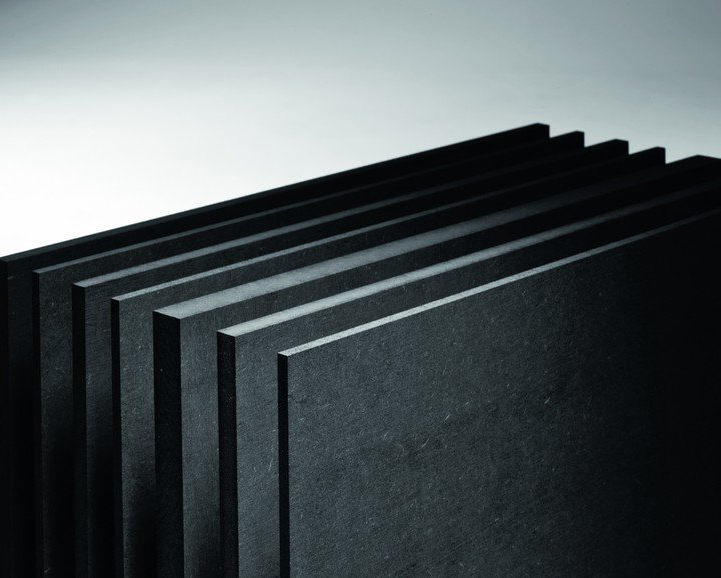
The exterior grade MDF is specially made for exterior use due to its strength and density. Because of its traits, this material has been known to be more durable as compared to the standard MDF. It is built with a fiberglass mesh and water-resistant resin which makes it good for trim, siding, and some other exterior uses. Furthermore, this MDF finish is treated with chemicals that make it ideal for the outdoor fixture. Fungi, termites, and moisture are resistant to this material.
This MDF is marketed in a textured and smooth finish, giving you options depending on what would fit your project. Some of the benefits of this material are that the panels are rot and moisture-resistant. Hence, they have a longer lifespan and are easy to handle. You can either machine it or use the joinery techniques.
7. Formaldehyde-Free MDF
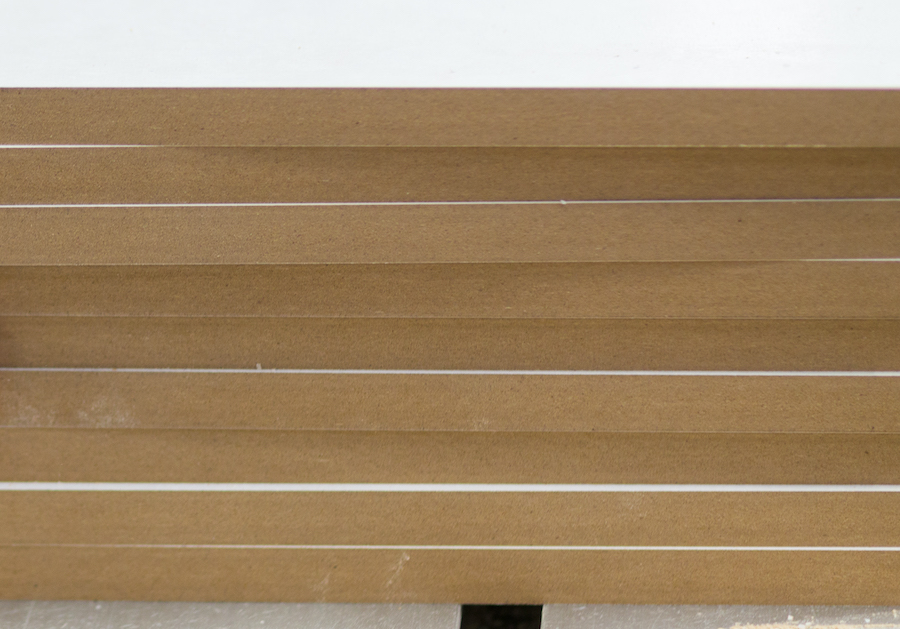
Many MDF materials have urea-formaldehyde. This ingredient is a carcinogen that triggers coughing, nausea, irritation of the skin, and throat, nose, and eye irritation. If you do not want to deal with these adverse effects, formaldehyde-free MDF is a good choice.
Just in case you are not familiar with formaldehyde – it is a colorless and odorless chemical compound that has carbon, oxygen, and hydrogen.
Conclusion
There you have it! These are the different MDF finishes you need to know. Did you find the list useful? I personally think that it is important for us to know the different types of MDF finishes so we can make better judgments and choose the best MDF finishes for our projects.
Comment here your ideas about the 5 types of MDF finishes. Perhaps you’d also want to share this article with your friends if you find this article likable?
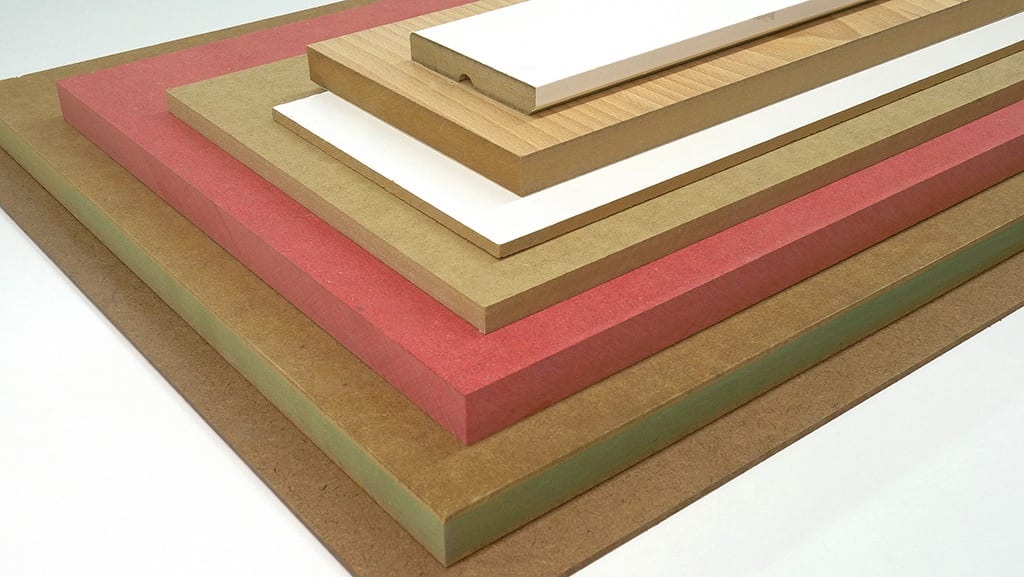
Leave a Reply